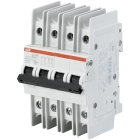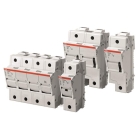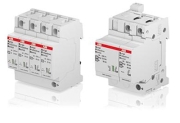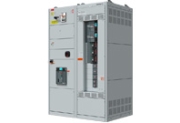Miniature Circuit Breakers & Supplementary Protectors
Hugo Stotz made history 100 years ago. As electrical safety became increasingly important with electrification, his invention of the first resettable Miniature Circuit Breaker (MCB), patented in 1924, changed the way we protect our electrical systems.
In the event of a short circuit or overload, it immediately disconnects the circuit 10 times faster than the blink of an eye and anyone can easily reset it. Today, our innovations continue to protect millions of facilities, equipment, and assets.
The better choice to safeguard installations against overcurrents

Between Miniature Circuit Breakers (MCBs) and fuses, MCBs are the better choice for any OEM to safeguard installations against over currents. They can minimize downtime and extend lifetime through increased reusability and reduce labor costs by limiting the need for maintenance personnel and spare parts. Download the technical paper to learn more about MCBs and their benefits.
Download the engineer’s guide
DIN rail circuit protection offering
Since the invention of the first modern MCB, the technology continuously evolved across industrial settings. Today, our complete line of circuit protection, including MCBs, Fuse Holders, RCDs, and SPDs, provide increasingly higher performance, lower carbon footprint, and greater connectivity to make operations safe, smart, and sustainable.






